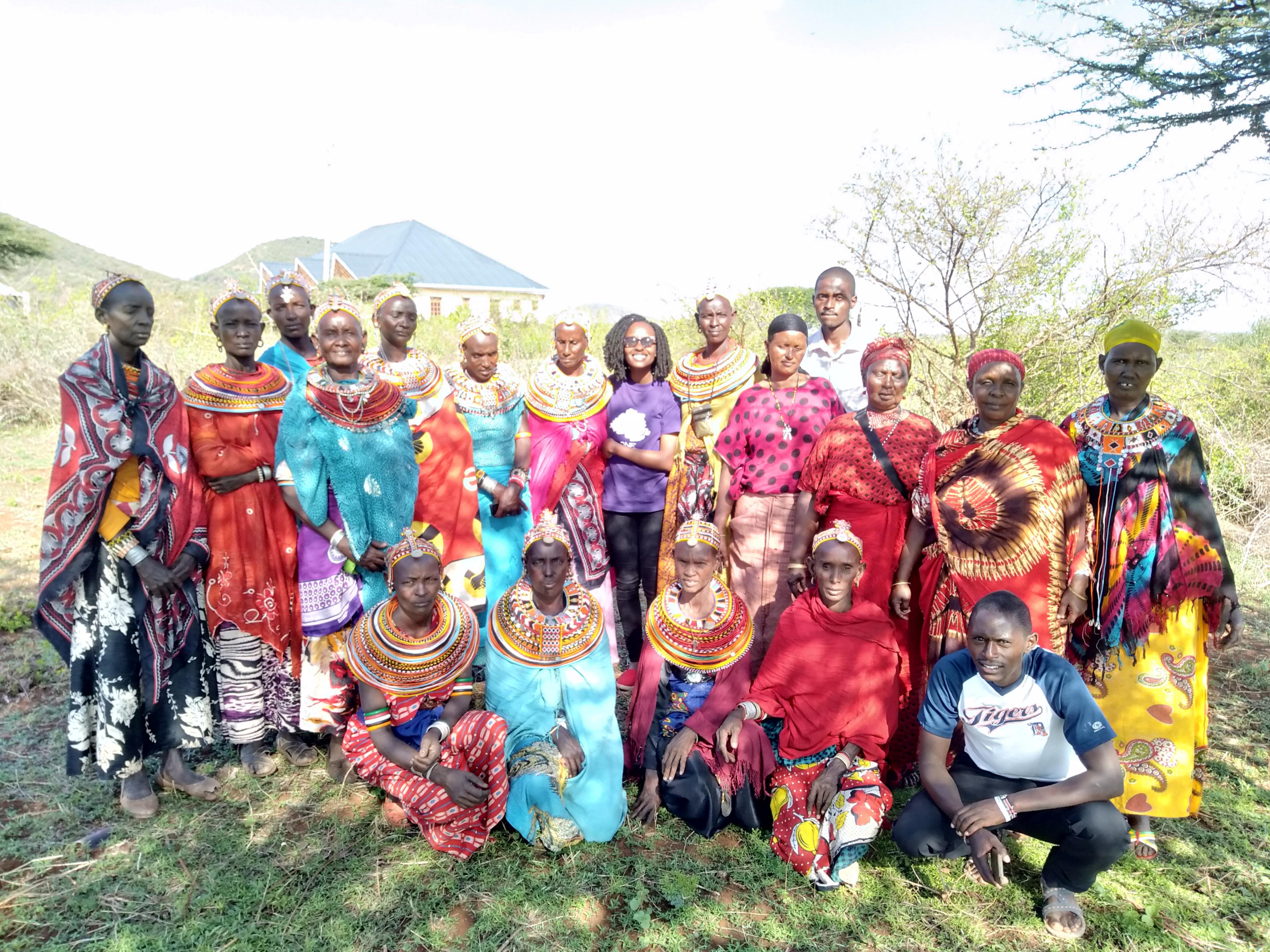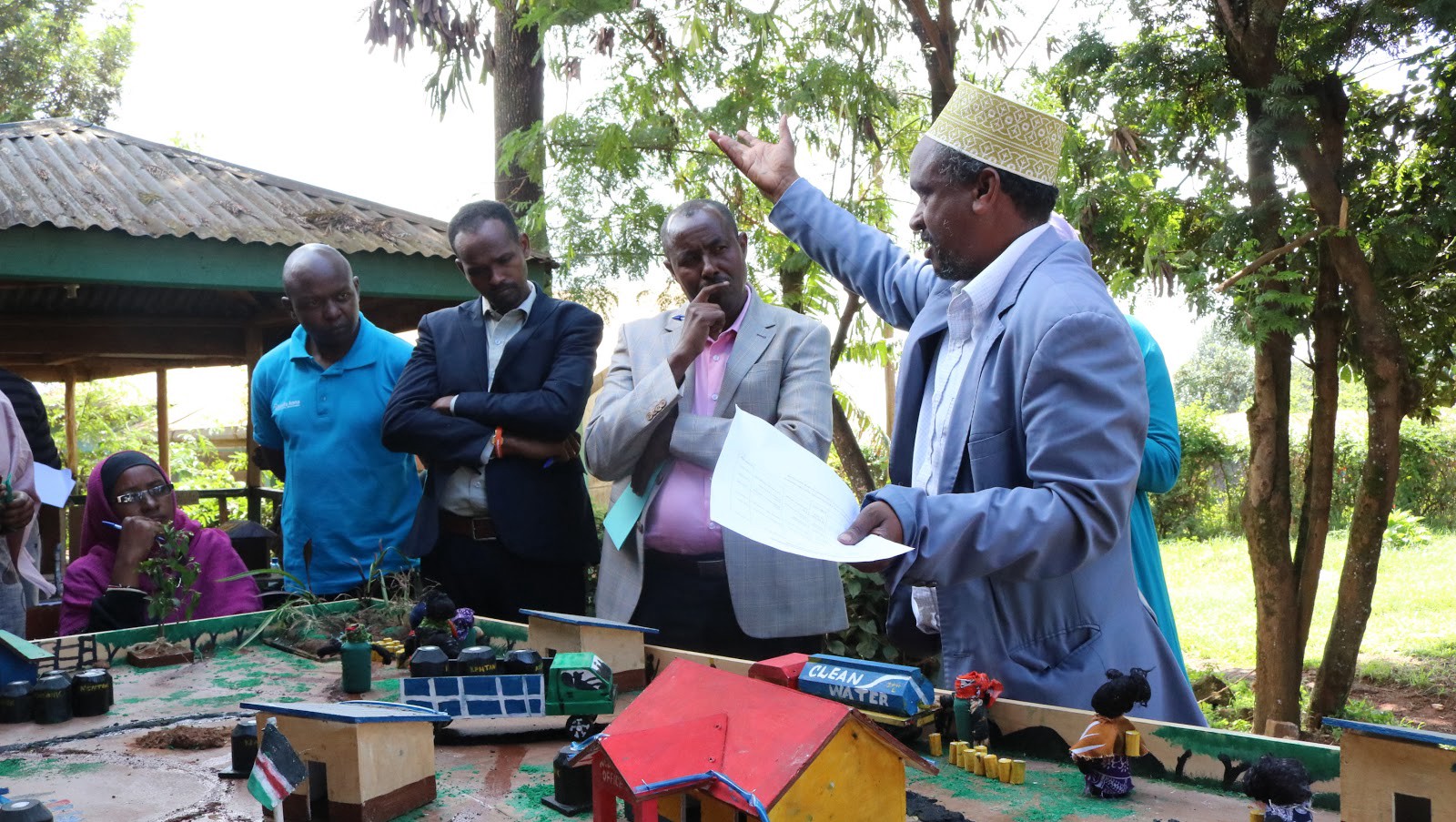6 Feb 2019
.
3 Min Read
Designing innovative solutions to improve drought resilience in Marsabit – A Design Thinking Approach
By iHUB
6 Feb 2019
.
3 Min Read
By iHUB

I’ve had the honor of working with indigenous communities from Marsabit as part of the Maarifa Kona Initiative which seeks to support innovators in developing practical solutions and new ideas to prepare for and manage the drought that afflicts the Northern parts of Kenya.
Truth be told, I did not know what to expect of the innovations. If you look at the way of life of pastoralist communities, their educational background as well as their needs based on the problems they experience, a fancy new mobile app may not offer the kind of long-term solution they are hoping for.
The Challenge
The people of Marsabit almost solely rely on livestock as their source of livelihood. As a result of Marsabit having a mountain and also bordering the Chalbi Desert, it experiences wet seasons and very dry seasons. Since the communities are over-reliant on livestock for their livelihood, during the drought season they find themselves in precarious positions where they risk losing their livestock to death. This being their only source of income means that they suffer due to lack of food and water. This is what the Maarifa Kona initiative was hoping to bring to an end. Where communities seek to find other sources of income other than their livestock.
A lot of international not-for-profit organizations have set up shop to solve some of the most pressing problems in the community. What this has done is just have an influx of donor funding and relief food as a band-aid solution to a much bigger problem. However, Maarifa Kona believes that the locals do not need handouts. What they need is to come up with long-term strategies that will not just get them through the current season of drought but will set them on a path that will first of all solve community problems and secondly provide a long-lasting source of income.
This starts in the minds of the innovators who need to understand that their solutions will not come from an overseas source nor will they wholesomely implement a strategy that has worked in a different country with different people and circumstances but they will have to tailor-make solutions to their unique problems.
Therein lies the challenge, how do we cause a paradigm shift in a community that has relied on livestock all their lives?
The answer, dare I say it, lies in Design Thinking.
We have a false notion that innovative ideas come from geniuses who have figured it all out. When they present it to us we all struck by their awesomeness. In reality, good ideas go through a metamorphosis. From the book Change by Design by Tim Burton, all great innovators such as Thomas Edison and business leaders like Steve Jobs had a basic commitment to design thinking principles behind the rhetoric of “visionary” or “genius”.

https://www.interaction-design.org/literature/article/5-stages-in-the-design-thinking-process
The Design Thinking Process
To be able to actually solve existent problems, the innovators had to put themselves in the shoes of the people they were innovating for. I hear you saying that it must be easy because many of these innovators have lived through the problems all their lives, wrong!
It is very easy to design a solution based on your own experience. Unfortunately, this also means you brought in your own assumptions and biases which may not represent the needs of the larger community. Remember we are not innovating for ourselves, we are designing solutions for many people. Therefore, we do the work and take the time to research and get to learn exactly what they need.
This stage is where they got to synthesize all the information from the empathize stage in order to come up with what we like to call, the Problem Statement. This gave them a specific target that guided them as to what exactly they were looking to solve. If the problem statement is not clearly defined, you end up solving symptoms of a problem instead of targeting the root. In the empathize stage, it is likely that a lot of problems were identified but we have limited time and other resources, therefore, we focus our energies in solving one specific problem which is the most important and pressing one to the community. Many times, you even find that solving this one problem solves a myriad of others.
In this stage, the innovators came up with ideas to solve the defined problem statement. There are numerous ideation techniques and this fantastic resource to learn about them.
We chose to use sketches and storyboards to assist the innovators in thinking creatively through visually representing the proposed solutions to the defined problem. It is simple and easy to implement in a group with varied educational backgrounds. Going through each step in the flow of events on the storyboard assisted in establishing the pitfalls in the designed solution. They were able to address them before moving toward prototyping the proposed solution.

‘Pastoralists Alternative Nutrition’ Customer Journey Map
In this stage, the innovators were able to create a low-fidelity model of their proposed solution. They used locally available materials to create mockups of the ideas they generated in the ideation stage.

‘Bridging the Gap’ innovators with their improved fodder warehouse prototype during the National Demo Day Preparation Bootcamp
The aim of this stage is to test the validity of the proposed solution by the target users interacting with the created prototype. The innovators presented their prototypes to judges, partners, investors and the general public in Regional and National Demo Days. They were able to gain constructive feedback from all these stakeholders and iterate to better meet the needs of their consumers.

Boru(far right) of the ‘Wezesha Initiative’ innovation presenting to stakeholders at the County Demo Day
Design Thinking is not linear it is iterative, and as such, you’d find that with every step, the innovators would find themselves empathizing with the users, and at times, they would need to go back to defining the problem and ideation. This ensures that the product they are looking to build to solve user problems is actually doing just that.
Next steps
The innovators went through a rigorous and competitive design thinking process. 11 innovations began this journey and with every Demo day, the number decreased. We are now at 4 innovators who will move to the next stage of having their ideas incubated by the Adeso, iHub and Mastercard Foundation (AIM) Consortium that established the Maarifa Kona Initiative.
Change by Design: How Design Thinking Transforms Organizations and Inspires Innovation by Tim Burton: https://www.amazon.com/Change-Design-Transforms-Organizations-Innovation/dp/0061766089
5 stages in the Design Thinking Process: https://www.interaction-design.org/literature/article/5-stages-in-the-design-thinking-process
Joy Wambui is a UX Researcher and Project Manager at Tanasuk Africa (also DBA iHub Software Consulting) a design thinking and software consulting company based in Nairobi, Kenya.
Joy is passionate about using technology to positively change people’s lives.